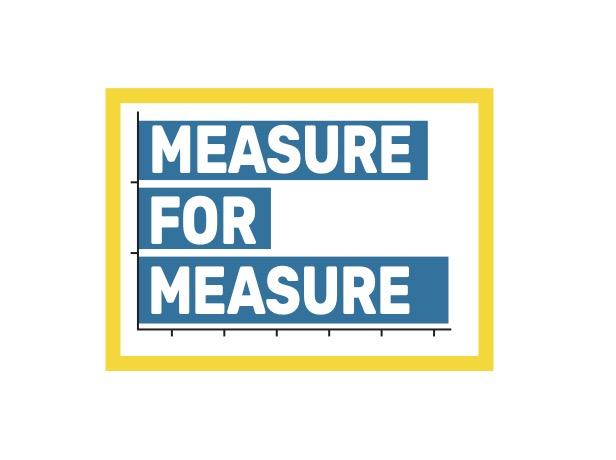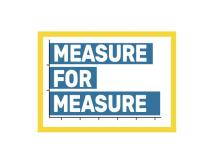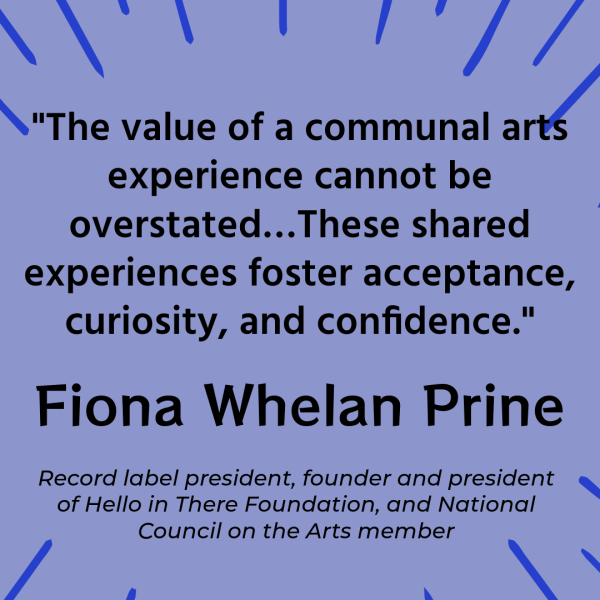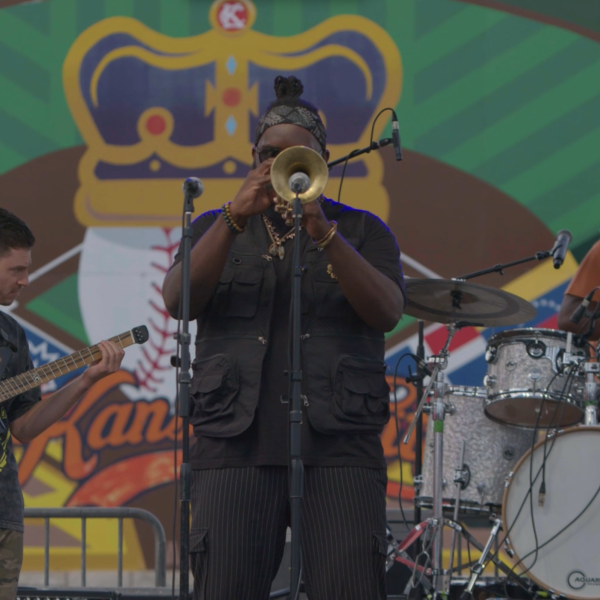Classifying Songs and Societies to Promote Cultural Equity—Can It Be Done?

When most empirical researchers in the arts think of Alan Lomax (1915-2002)—which is probably not often, or not often enough—they might envision a man in a rumpled suit, hauling a reel-to-reel tape machine in the backseat of his car, bound for Appalachia or the Mississippi Delta to record a folk or blues artist. Or maybe they picture him in a hotel room, asking questions and scribbling in a notebook, while Lead Belly or Muddy Waters looks on in mild bemusement.
For researchers accustomed to using economic or psychometric tools in the study of arts and cultural phenomena, Lomax’s approaches may seem quintessentially qualitative. His research relied, after all, on fieldwork: interviews, transcriptions, thematic coding. Nevertheless, from the 1960s onward, this titan of American ethnomusicology turned increasingly to statistical methods for his research.
In doing so, Lomax helped birth an analytical project called “cantometrics.” In a 2018 article reviewing his findings, the authors begin by calling cantometrics “arguably both the most ambitious and the most controversial undertaking in music and science that the world has known.” Lomax’s idea was to classify the musical styles of thousands upon thousands of regional songs, worldwide, and to correlate those styles with the structures of societies from which the music emerged.
Lomax and his team started publishing their results in the late 1960s. By 1972, in a UNESCO paper titled “An Appeal for Cultural Equity,” he declared that cantometrics had exposed two principles:
First, it is now clear that culture and song styles change together, that expressive style is firmly rooted in regional and real culture developments, and that it can be thought of in relation to the great regional human traditions…. Second, each of these [musical] style areas has clear-cut geographical boundaries and thus, a general environmental character and distinctive socioeconomic problems.
Why was Lomax so keen on showing—through multivariate analysis—that musical traditions are inseparable from geographical areas and socioeconomic norms? In the same paper, Lomax put it this way:
All cultures need their fair share of the air-time. When country folk or tribal peoples hear or view their own traditions in the big media, projected with the authority generally reserved for the output of large urban centers, and when they hear their traditions taught to their own children, something magical occurs.
For Lomax, cantometrics ensured a data-driven “rationale for the advocacy of planetary cultural and expressive equity.” By quantifying music’s stylistic elements and associating them with discrete geospatial and societal boundaries, Lomax and his team thought they were validating expressive traditions that otherwise would get steamrolled by mass culture.
Cantometrics, in Lomax’s view, also permitted comparisons across societies and cultures—a function he deemed necessary for realizing his dream of “manifold civilizations animated by the vision of cultural equity.” But to him, this pluralist ideal was not abstract; it required empirical chops. Any “concern for both the folk artists and their heritages,” he wrote, “must be knowledgeable, both about the fit of each genre to its local context and about its roots in one or more of the great stylistic traditions of humankind.”
Sunil Iyengar directs the Office of Research & Analysis at the National Endowment for the Arts.





